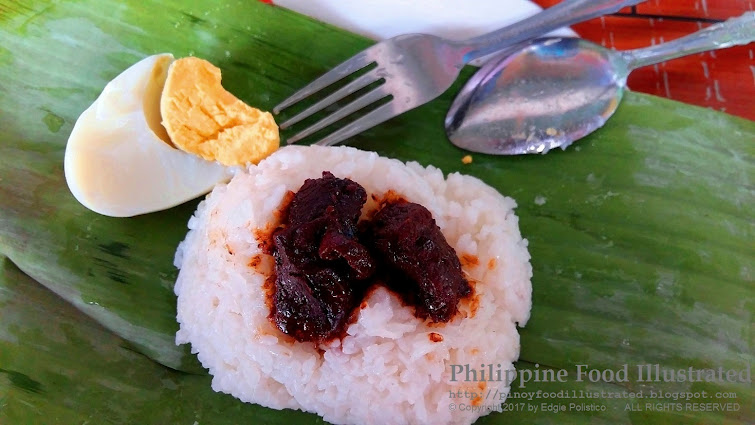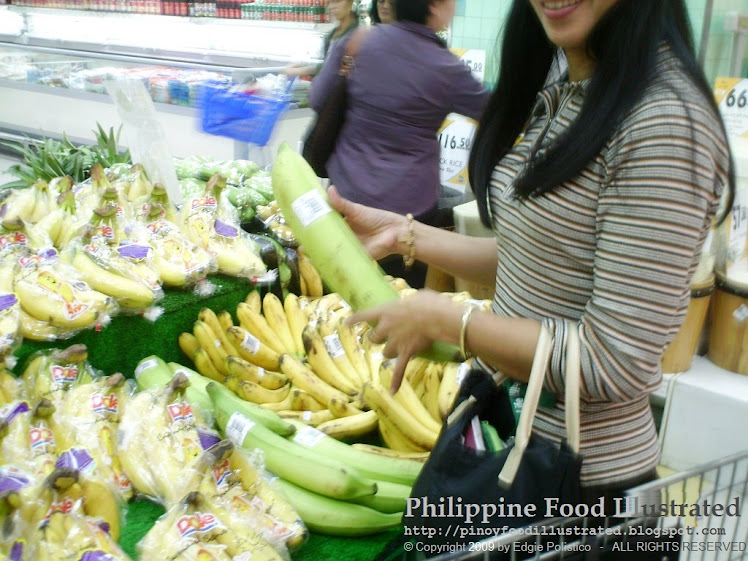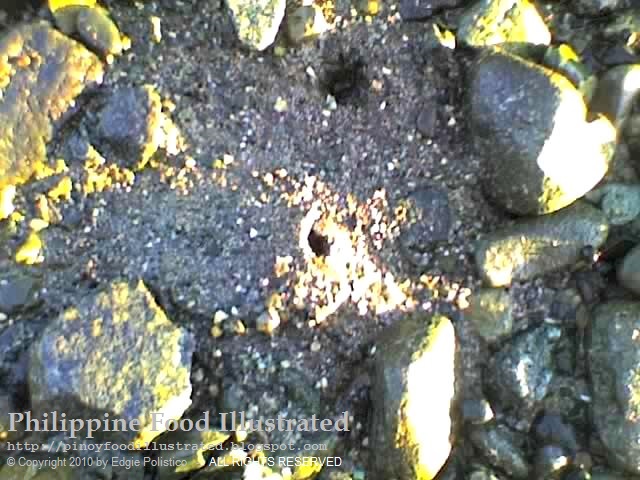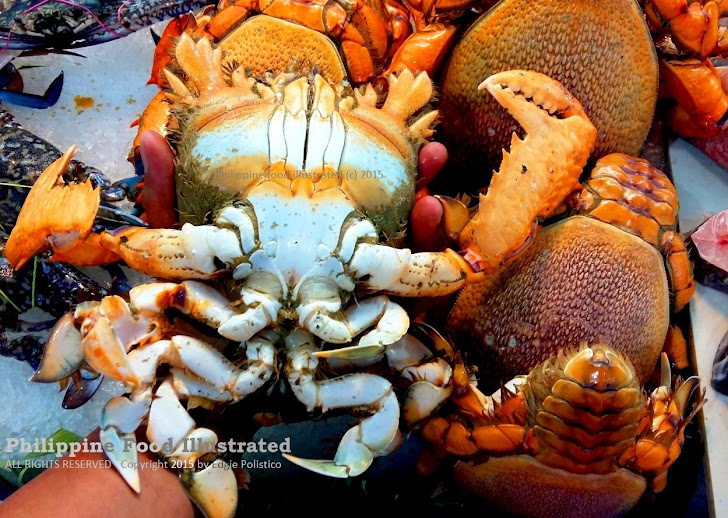kalintubo - /ka-lin-tú-bo/ (Maguindanaon meal) [n.] A Maguindanaon budget meal similar to pastil or paster. It is made with freshly steamed rice (i.e., steaming hot plain rice) and topped with chicken cutlets stir-fried with soy sauce, or saucy chicken liver cooked adobo-style, then wrapped in banana leaf folded into a conic shape making it look like a small volcano - open on top.
 |
| A Maguindanaon elder demonstrating how to prepare kalintubo topped with saucy chicken liver. |
| Kalintubo topped with chicken cutlets stir-fried with soy sauce. |
The opening on top allows the hot rice to cool off without trapping the moisture. Thus, preventing the meal from spoiling fast. It also makes it easy to tell what topping is on the kalintubo. The sight of it makes the meal attractive as well.

| The opening can also be made narrow for easy handling when on the go. |

Kalintubo is often taken with a hard-boiled chicken egg as siding pair to rice
 |
| Kalintubo topped with chicken cutlets stir-fried with soy sauce. |
Kalintubo topped with saucy chicken liver cooked adobo-style

Related posts:
Pastil

Pasong

Puso (plain rice)


All photos by Edgie Polistico are copyrighted. ALL RIGHTS RESERVED.
If you liked this post, share it.
Let us know your opinion on the subject. Feel free to comment in the comment section, below. It is important for us to know what you think.
Tell us what other topics you would like us to write, share, and discuss about.
Continue to follow my blogs. You can also follow and learn more by joining us in our Facebook group.
Encouragement and enthusiasm are not enough. I also need moral support, prayers, and anything else that can uplift my spirit and keep my good reasons. Keep them coming. All I know is that I am happy with what I am sharing and giving away. If you are pleased and happy with what I am doing, just smile and please share the happiness. Keep sharing and include to share the PHILIPPINE FOOD ILLUSTRATED. I feel energized when my blog becomes one of the reasons why you are happy and smiling.
Edgie Polistico
For more about Filipino food, see this Philippine Food, Cooking, and Dining Dictionary. It is OPEN and FREE.













.jpg)
.jpg)
.jpg)






